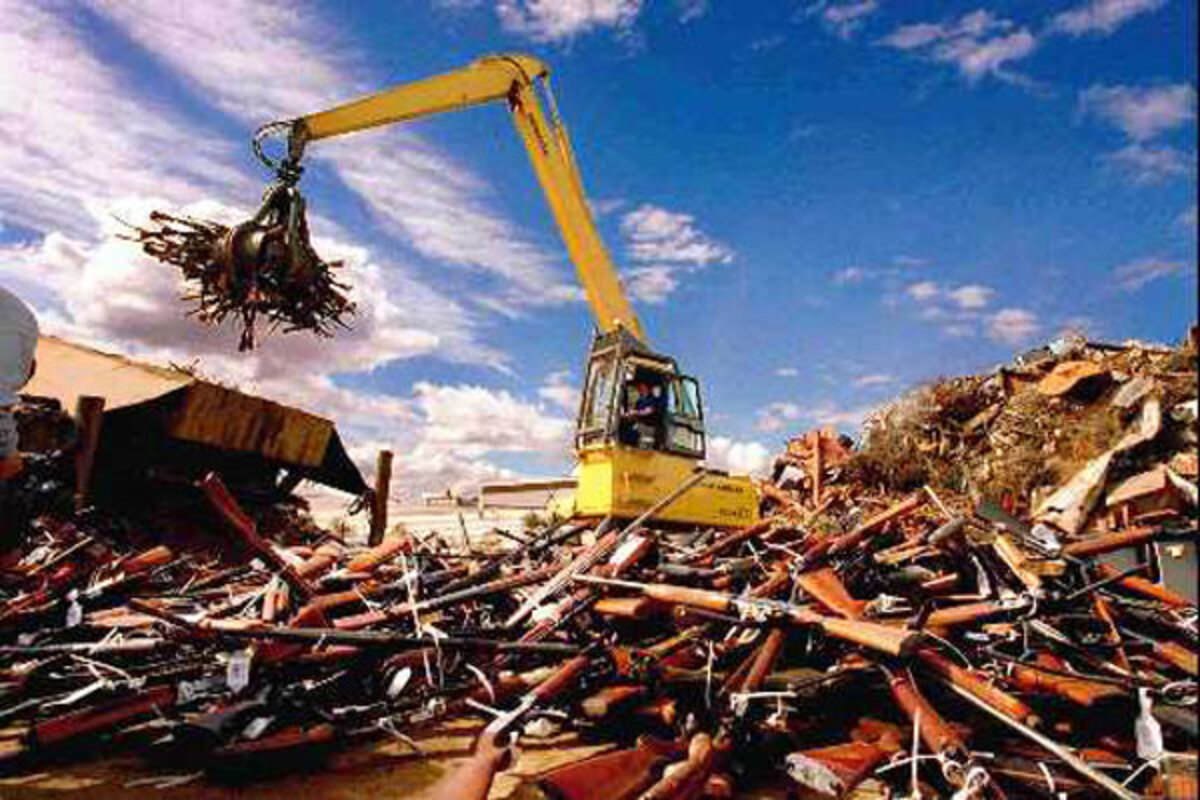Could the US learn from Australia's gun-control laws?
Loading...
| Melbourne, Australia
Almost two weeks after a shooting spree stunned Australia in 1996, leaving 35 people dead at the Port Arthur tourist spot in Tasmania, the government issued sweeping reforms of the country’s gun laws.
��
There hasn’t been a mass shooting since.
��
Now, after the recent shooting at a Connecticut elementary school, Australia’s National Firearms Agreement (NFA), which saw hundreds of thousands of automatic and semiautomatic weapons bought back then destroyed, is being examined as a possible example for the United States, to mixed reaction in Australia.
Australians have been following the Connecticut tragedy closely, and many say the US solution lies in following Australia’s path, or at least reforming current laws. But a small but vocal number of Australia’s gun supporters are urging caution.
Just 12 days after the 1996 shooting in Port Arthur, then-Prime Minister John Howard – a conservative who had just been elected with the help of gun owners – pushed through not only new gun control laws, but also the most ambitious gun buyback program Australia had ever seen. Some 650,000 automatic and semiautomatic rifles were handed in and destroyed under the program.
��
Though gun-related deaths did not suddenly end in Australia, gun-related homicides dropped 59 percent between 1995 and 2006, with no corresponding increase in non-firearm-related homicides. Suicides by gun plummeted by 65 percent, and robberies at gunpoint also dropped significantly. Many said there was a close correlation between the sharp declines and the buyback program.
��by Andrew Leigh of the Australian National University and Christine Neill of the Wilfrid Laurier University reports that the buyback led to a drop in the firearm suicide rates of almost 80 percent, "with no significant effect on non-firearm death rates. The effect on firearm homicides is of similar magnitude but is less precise.”
Perhaps the most convincing statistic for many, though, is that in the decade before the Port Arthur massacre, there were 11 mass shootings in the country. Since the new law, there hasn’t been one shooting spree.
��
In the wake of the shooting, polls indicated that up to 85 percent of Australians supported the measures taken by the government.
In the wake of the Newtown shooting, several Australian politicians are now suggesting that the US adopt Australia’s gun laws. “I implore you to look at our experience,” Labor Member of Parliament Kelvin Thomson wrote in an open letter to the��US Congress that he also posted on his official website. “As the number of guns in Australia reduced, so too did gun violence. It is simply not true that owning a gun makes you safer.”
Mixed views
But the nation still has some steps to take before becoming the perfect example, cautions Queensland Member of Parliament Bob Katter.
“I think we are absolutely reprehensible, we have done nothing, not one single overt act, to separate the guns from the people who are mentally unhinged," he told reporters recently.
��
Although the laws imposed strict licensing rules, critics here point out that Australia has yet to actually ban semiautomatic handguns completely – they are still available for police and hunters – and that there are other loopholes.��They also note that most of the guns used in violent crimes, both before and after the 1996 law, were unregistered.��
“There weren’t that many deaths in the first place,” says president of the Sporting Shooters' Association of Australia��Bob Green, cautioning against taking the causal link many draw between the NFA and a steep drop in gun deaths at face value. “Gun deaths were declining for the past 30 years before they brought the laws in.”
Though many point to declining gun violence statistics as further evidence of the effectiveness of Australia's 1996 law, gun supporters also use it to support their case: In 1979, there were 689 gun-related deaths in Australia, or about 4.71 per 100,000 Australians. That rate began to decline in the 1980s and reached 2.82 per 100,000 Australians in 1996, with 516 killed that year. The number of deaths by firearms and the rate per people continued to drop until 2010, when 231 died and the rate was 1.04 per 100,000 people, according to the University of Sydney’s GunPolicy.org.
Still, says Mr. Thomson who was “horrified and disgusted” by the killing of so many small children, an Australian-inspired solution might be workable.
��“There have been always been great differences between the number of weapons that Australians and Americans own – that is precisely why there are so many more deaths, on a per capita basis, in the United States. It is also true that there are differences in the way Americans and Australians view weapons – nevertheless … our experience is relevant and potentially informative – we had massacres, we acted, we no longer have massacres.”




